Burgundy 2022: Bountiful and Beautiful
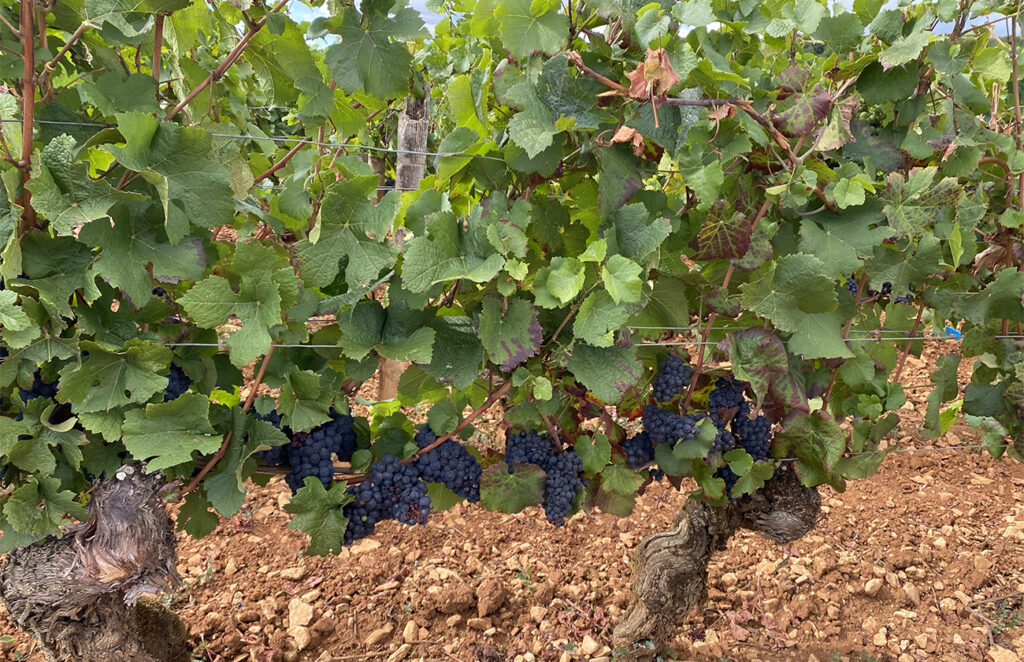
Written: December 2023
Ladies and gentlemen, we have a fine and consistent Burgundy vintage on our hands! Very good wines and plenty of them, consistent in both colours and across the region. How we got there is a little bit counter intuitive given the weather patterns. Read on to discover all.
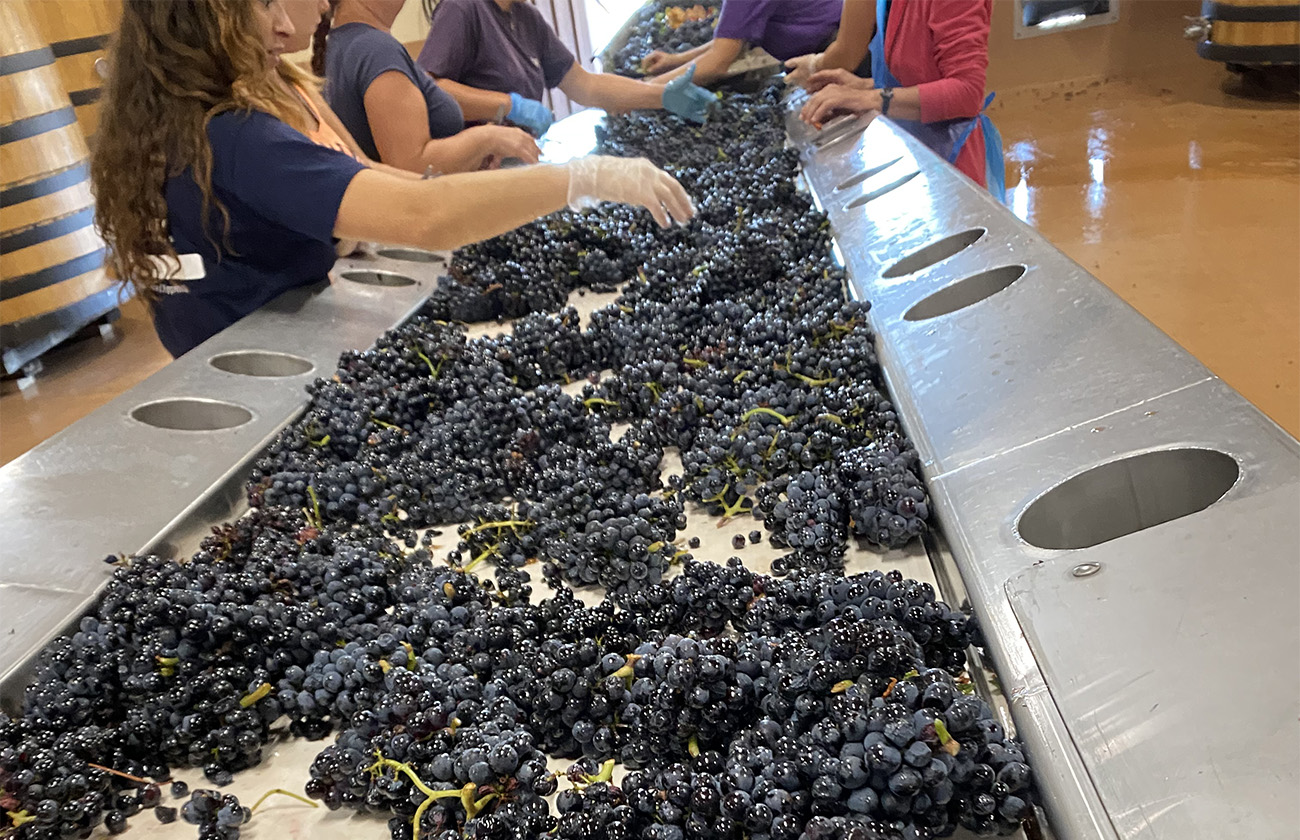
2022: The Growing Season
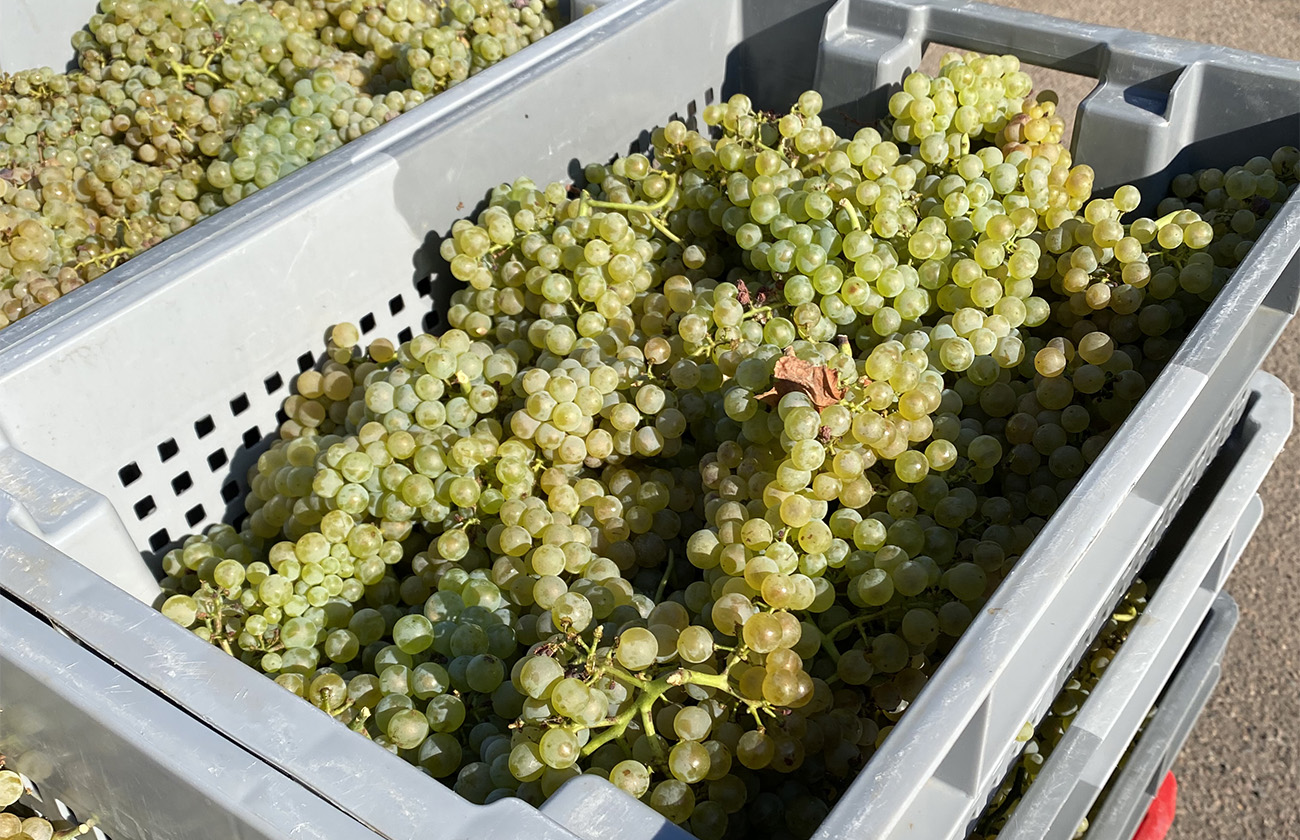
The place to start is with our expectations. Accepting that 2021 was an aberration, against the trend established by the trio of 2018 to 2020, what should we be expecting from the current climate pattern? Where were the threats? What could be done to mitigate such problems?
The points to bear in mind for the first half of the season were:
- Would there be enough winter water to maintain adequate supplies in the water table across the year? The winter preceding 2018 showed the benefits of such a supply.
- Would we have a warm winter and early start to the spring, kicking off the season early and thus putting the budding vines at risk from an early April frost?
- Would the April and may weather lead to an early flowering, pointing to another very early harvest date?
The answers were mixed but not disastrous.
Winter rainfall was below par, as was the case for every month from January to May. On the temperature front, after a slightly cooler than normal (recent normal) January, February and March were mild and sunny, though fortunately without the particularly hot last week of March which contributed so much to the April frost disaster in 2021. The temperature did get dangerously cold again in the first week or so of April, with some frost damage in Chablis and localised incidents in the southern Côte de Beaune. This was followed up by warmer and drier weather, so the damage was limited and the vines were able to progress well, through to a flowering which was as early as 2020, and an August harvest (for the Côte de Beaune) was now expected. At least the weather conditions negated the risk of mildew, though oidium was more of a problem and needed managing.
The Summer of 2022
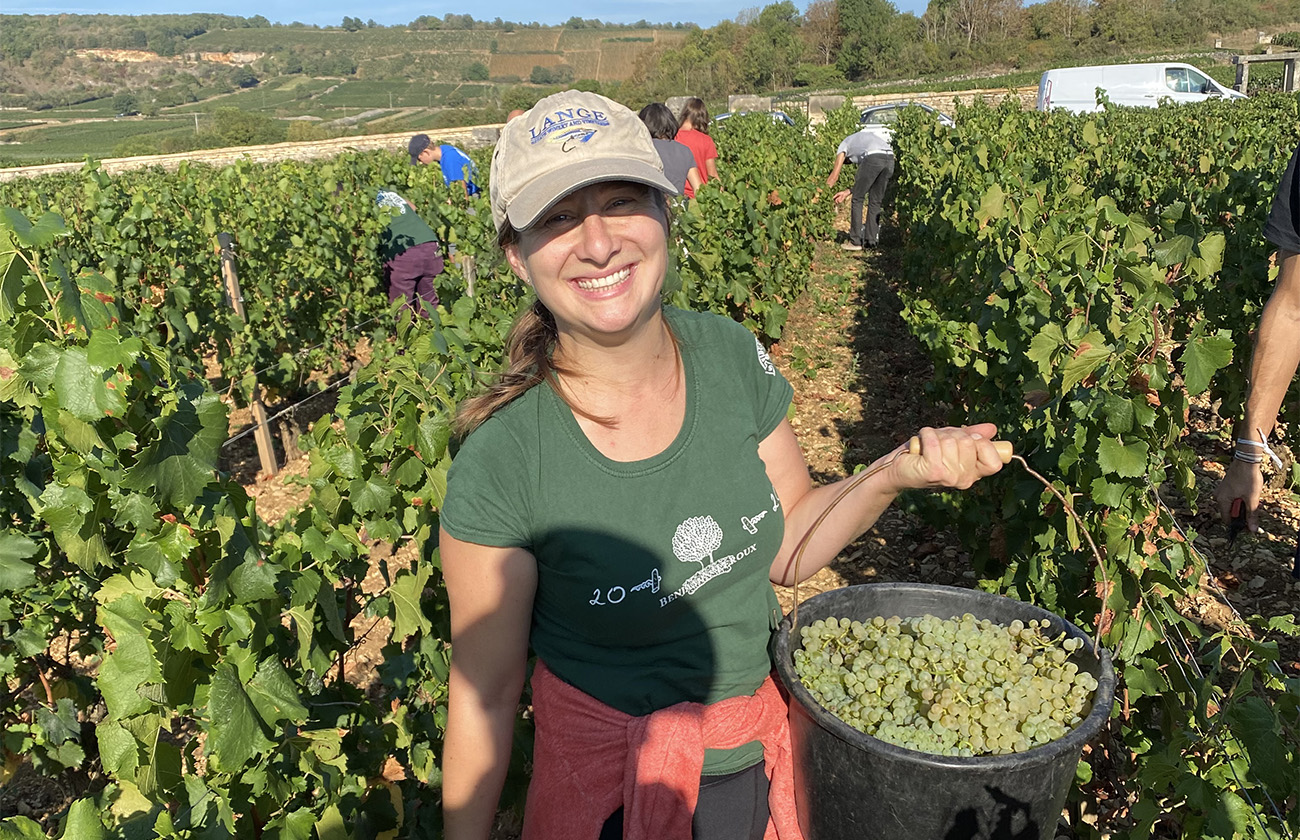
Would it be too hot? Would it be too dry? Would the grapes thrive in these conditions, or suffer?
It was too hot, it was too dry, but the vines and grapes coped remarkably well. 2022 was pretty much the hottest, driest and sunniest summer of the 20th Century, or indeed since viticultural records began. May and July in particular were exceptionally dry, with less than half normal precipitation. The figures for June, on the other hand, went dramatically in the opposite direction. But it was a month of two halves: still dry for the first half and very stormy for the second, especially June 21st and 22nd, and especially in Gevrey-Chambertin. It was great to get a proper month’s rainfall in June, but not when it falls in the space of two hours. Dramatic floods in the village, walls giving way, and earth slides from the top of the vines to the bottom. There was hail as well, the main storm coming down the Combe de Lavaux and then accelerating away into Brochon and Fixin. Another did some damage south of Nuits-St-Georges. Note that hail in June has a worse impact on quantity than quality, as the grapes have not yet undergone véraison.
But this was the only calamity across the whole of the summer. The heat spikes were not too extreme, except perhaps in mid-July, and the water from the late June storms replenished the water supply. It was a regular refrain among Côte de Beaune vignerons that they felt they had just the right amount of rain on June 21st-22nd, around 60-70mm, compared to twice or even three times that in parts of the Côte de Nuits.
The vines and grapes at the end of July looked as good as they did at the same time in 2020. Remember though, that those who went off happily for a short holiday in the first fortnight of August 2020 came back to the sight of struggling, heat struck vines. This was not the case in 2022, when August was a little kinder, with occasional rain showers to freshen up the vineyards, especially towards the back of the month.
How were the grapes at harvest, and when were they picked?
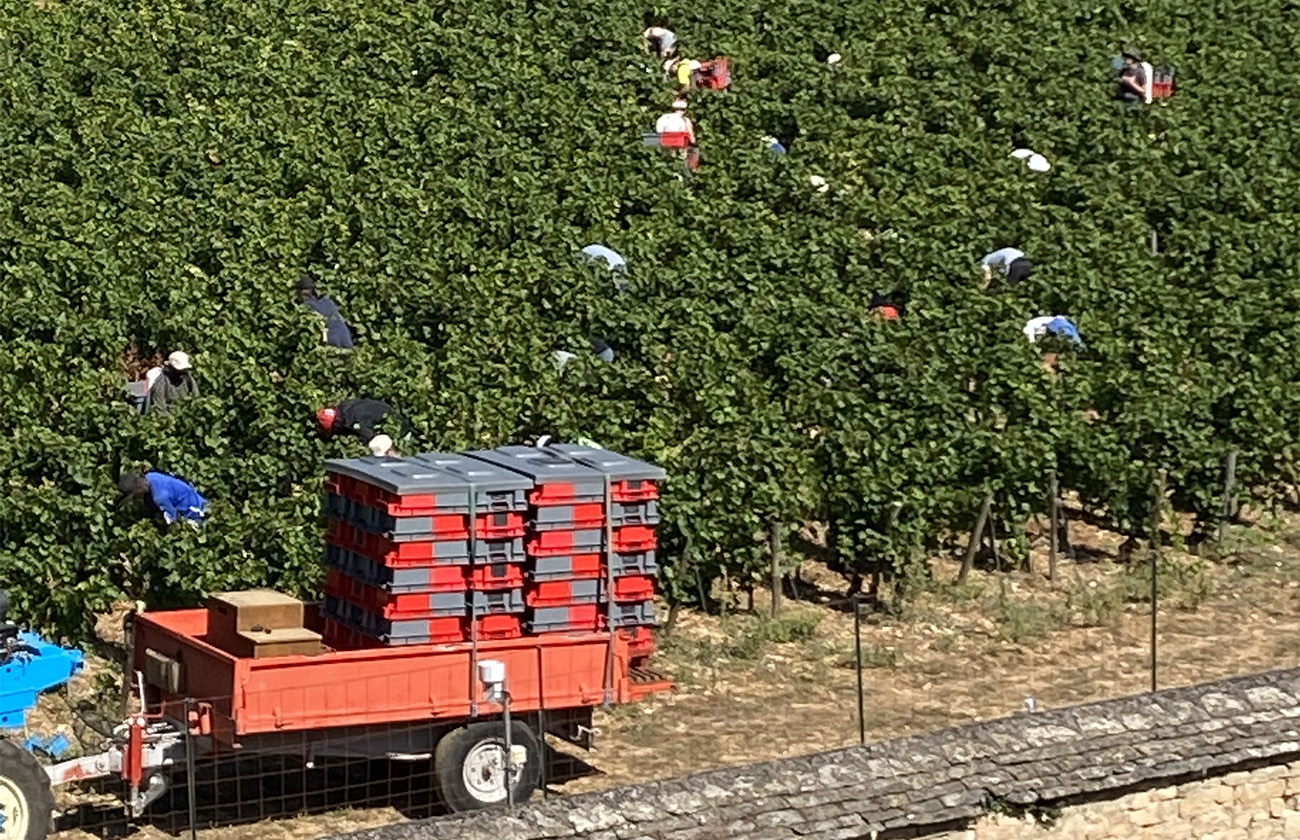
The BIVB, in their technical summary of the vintage, have compared 2022 with 2020. They have a number of partner vineyards where they can analyse the vines and the grapes at key moments through the season. Their conclusions were that there was barely any hydric stress in 2022, compared to some severe issues in 2020, but slightly more evidence of thermic stress. Quite a few producers noted that at least in some of their vineyards there was a blockage in the ripening process, as the vines shut down in the heat. That sounds serious but the effect of pushing back the ripening by a week or ten days could well have been a good thing, as it meant harvesting in cooler conditions a little later on.
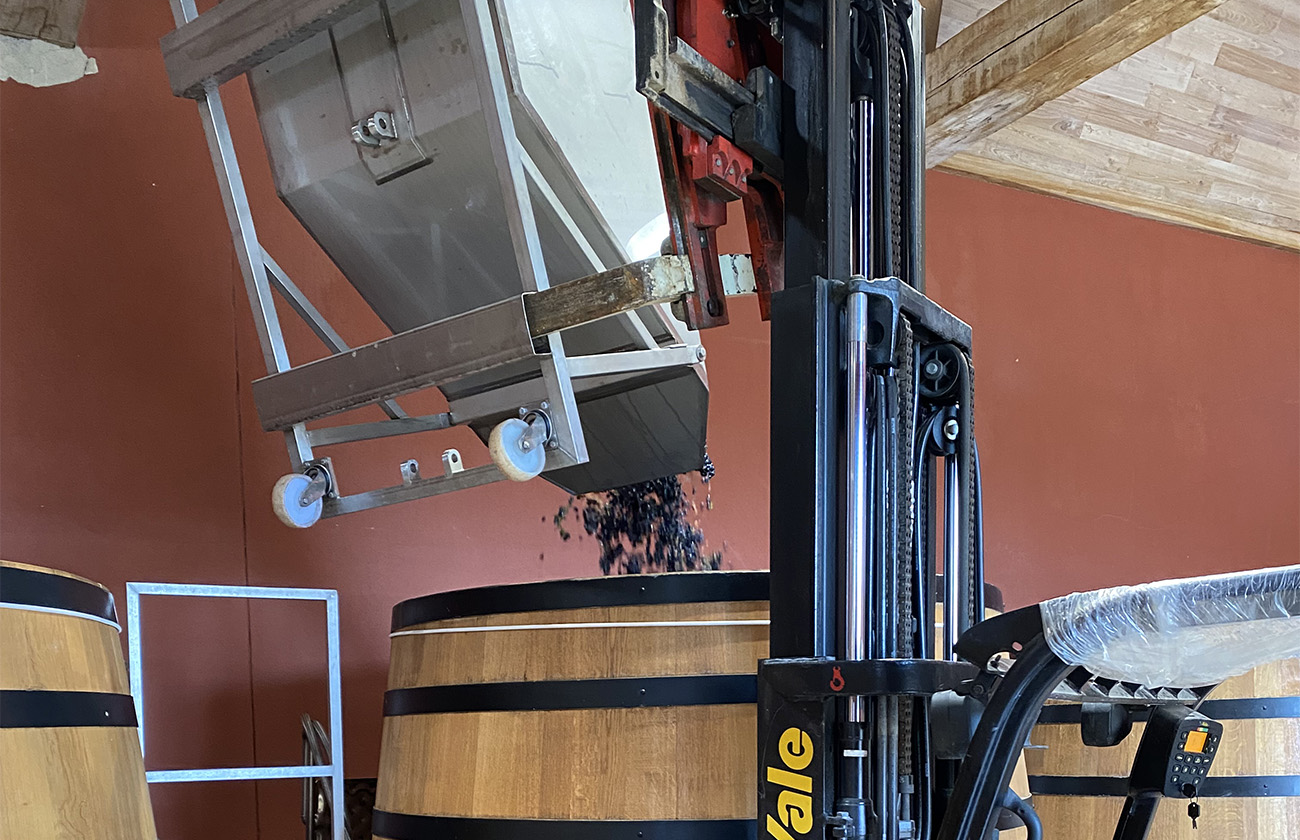
Picking dates are so important, but the window of opportunity seems to have been a little wider in 2022 than in some recent vintages. The very earliest would have started around 20th August, but more typical dates for the white wine vignerons of the Côte de Beaune to start, were 25th/26th August. Some started in the Côte de Nuits before the end of the month, but most right at the beginning of September. The exact timing does not seem to have been critical in 2022, as sugar levels did not gallop upwards, nor acidity levels, already low, decrease too much more. It is worth mention that, at the time, Côte de Nuits producers were clearly well satisfied with their 2022 harvest – but many in the Côte de Beaune (who had after all suffered worse in 2021) were euphoric.
How can we explain these results?
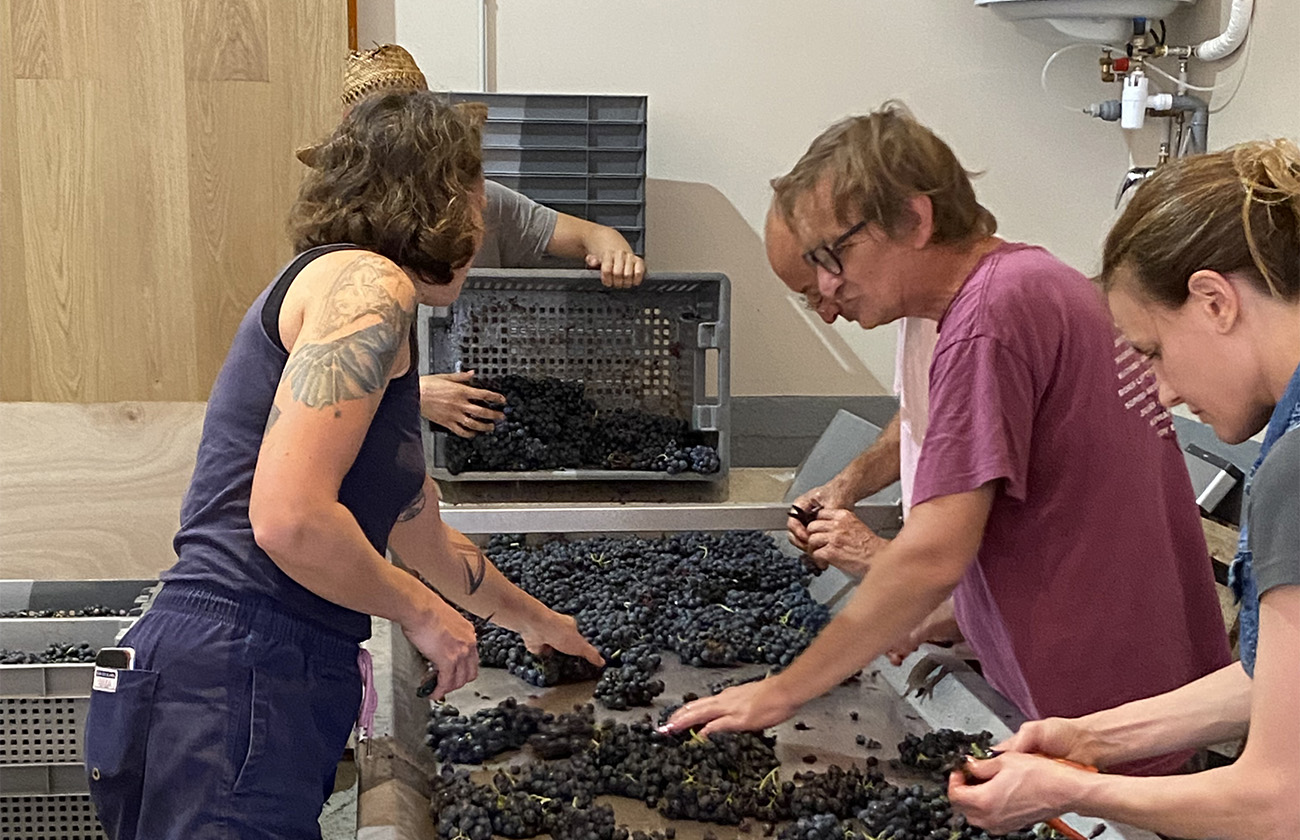
So many producers said to me that they were worried about the long hot summer, then pleased to find much better balance, in the grapes, the juice and thence the wine. I think there were three possible contributing factors:
Smarter viticulture: I have talked and written about this quite widely already so will just mention a few key points in how vignerons can manage the situation better in the short term: more intelligent pruning decisions to minimise frost risk; better canopy management to avoid sunburn and dehydration; revisiting soil management with less ploughing and a better understanding of cover crops.
Acclimatising vineyards: I am very much more hesitant about this point. Is it possible that the vines are learning how to cope with the new normal conditions? Don’t count on it, but it is not impossible. Vignerons want to believe it (me too, and wine lovers in general), the majority of those I have spoken to with scientific training are inclined to dismiss the idea.
The rain in June: almost everybody cites this. It was a shock at the time if you were up in the northern part of the Côte de Nuits, but a fair amount of water must have been retained to do good for the rest of the summer.
Any issues with fermentation and maturation?
A few vignerons reported slow or stuck fermentations, but this was rare – there were many more instances to worry about in 2023. Otherwise, it was a relatively easy vinification to manage, albeit with the now normal incidence of very early malolactics, sometimes coinciding with the alcoholic fermentations.
A few producers chose to use small amounts of additional sugar, usually just to prolong fermentation. Many others avoided chaptalisation completely. Some mentioned that they acidified lightly a few of their cuvées. Others will have done this and not said so. Nowhere did I see any ugly signs of clumsy acidification.
In red wine vinification, decisions had to be made on the proportion if any of stems to include. They were ripe enough to include in 2022, but there were a couple of reasons why some held back: not enough room in the vats, and a worry about possible spoilage in a low acid year since the inclusion of stems releases potassium and thus increases pH levels further.
The next issue was what to do about barrels. There is a steady drift towards using larger sizes, from 350 litres up to 600 litre ‘demi-muids’, and many producers decided to purchase more new wood than usual in 2022. The reason being, the shortfall in the 2021 crop meant that there were very few one year old barrels to use.
The majority of producers will follow their usual protocol for the length of their elevage but some have advanced their bottling, sometimes using the explanation that the wines are forward enough for this to be the right choice, though I suspect that the real reason in many cases is a shortage of space with the large crop of 2022 being followed by the bumper harvest of 2023. I am never a great fan of the idea of cutting short the elevage. So many producers have remarked on the increasing tension in the wines as they have developed during the elevage.
How good are the wines? What sort of style.
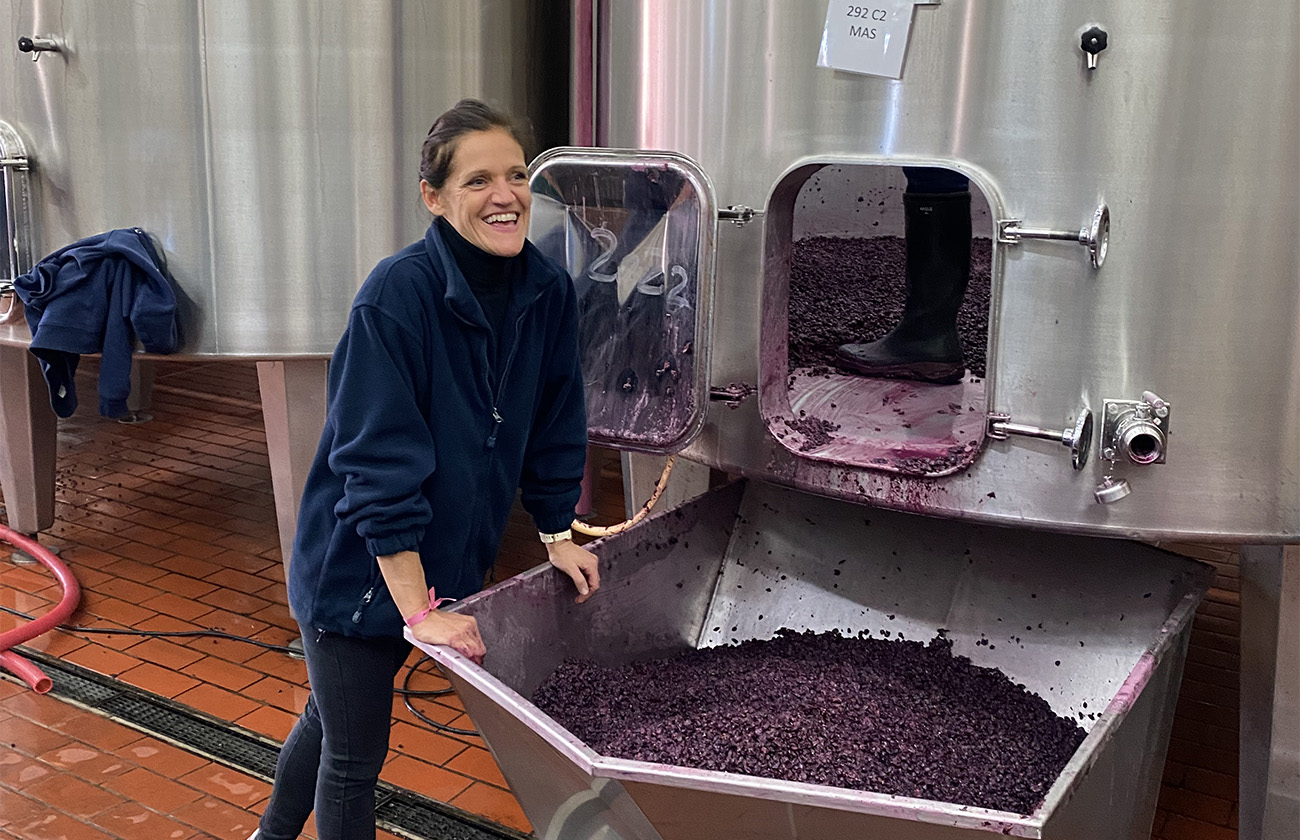
2022 is an amazingly consistent vintage. I tasted almost no poor wines. Everything was good to very good, with occasional touches of greatness. It is so difficult post the start of significant global warming to make parallels with earlier vintages. In white 2022 is not dissimilar to 2020, with a few nuances of difference: slightly less energy maybe in 2022, slightly more precision certainly, and fewer examples of higher alcohol levels.
In the reds, 2022 and 2020 could not be further part. 2022 is far less extreme, with only very rare examples of definitely over-ripe grapes. The fruit is correctly ripe, there is plenty of it, tannins are fine grained and while acidity is on the lower side of optimum, few wines show a sufficient deficit to suggest a lack of balance. Vintages that came to mind were 1985 for the health of the grapes, 1999 for the size of the crop and the relative consistency of quality though with a bias towards the Côte de Beaune, and 2002 – just short of top flight but a really lovely flavour profile of medium density and longevity.
Alcohol levels are where they should be, the vast majority being offered between 12.5% and 13.5%, though often nearer to 13%, with only a few rare excursions above 14%. It was uncommon to find any excess of alcohol while tasting the wines.
Rather too many people – especially those who needed to sell the wines – referred to 2021 as a Classic Vintage, which it most certainly was not. I believe that 2022 does deserve the epithet classic, albeit Modern Classic. The wines smell of pinot and taste of pinot with a mix between the classic red fruits of raspberry, strawberry and cherry.
These are wines in both colours which will be appealing in their youth, are unlikely to close down, yet will last very well. Sounds good to me. Few have the breathtaking intensity that suggests legendary bottles 25 or 50 years down the road.
What can possibly go wrong?
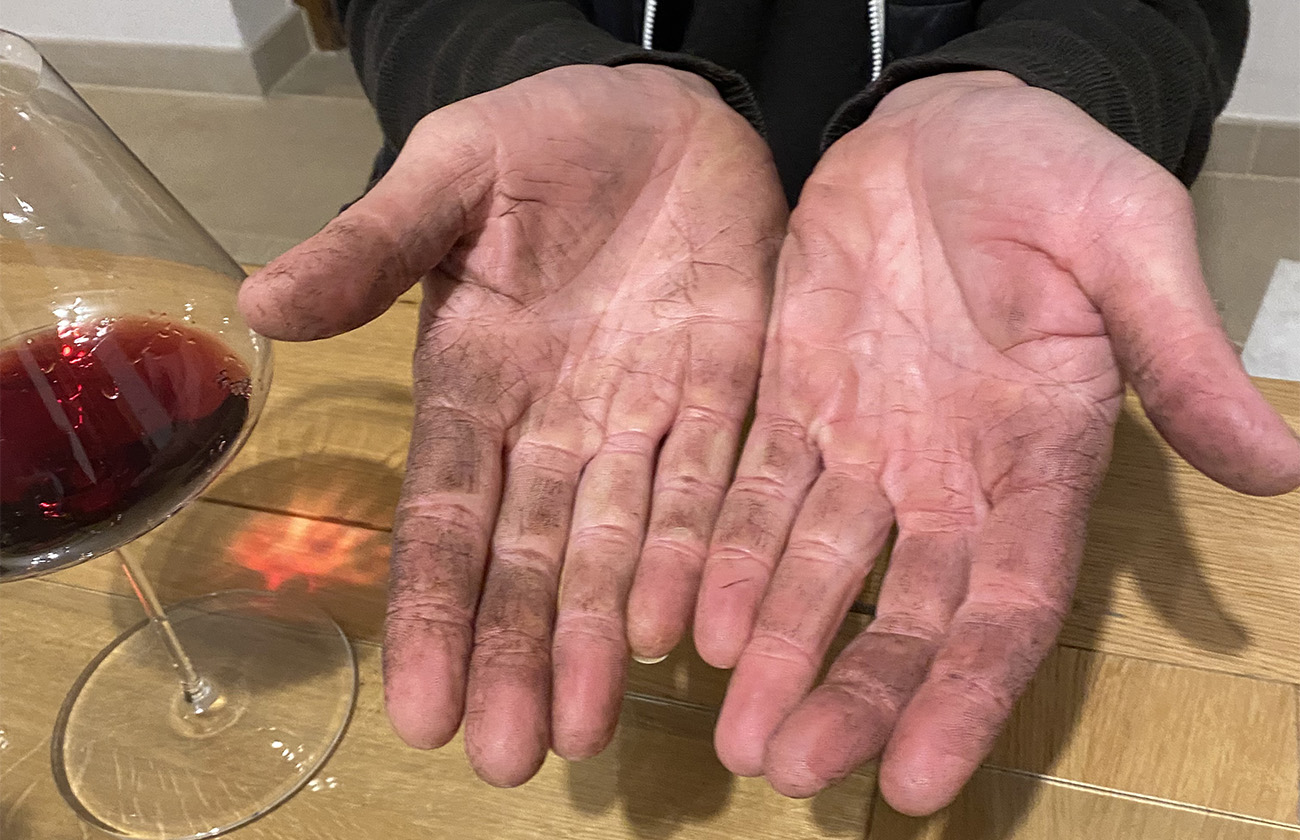
The wines still have the potential to flesh out further, no bad thing for the reds, but perhaps less desirable in the whites. Even so, I do not envisage any undue flabbiness further down the road. They may just become a little richer and riper than they currently seem.
When grapes are completely healthy, as was the case in 2022, it is much less likely that issues will occur further down the road.
Among the reds, there is certainly a risk that some wines will develop a few bacteria along the way. You will find occasional references to volatility and occasionally to something bacterial in my notes on the reds, but they are less frequent than for 2018 and 2020.
How much should I buy?
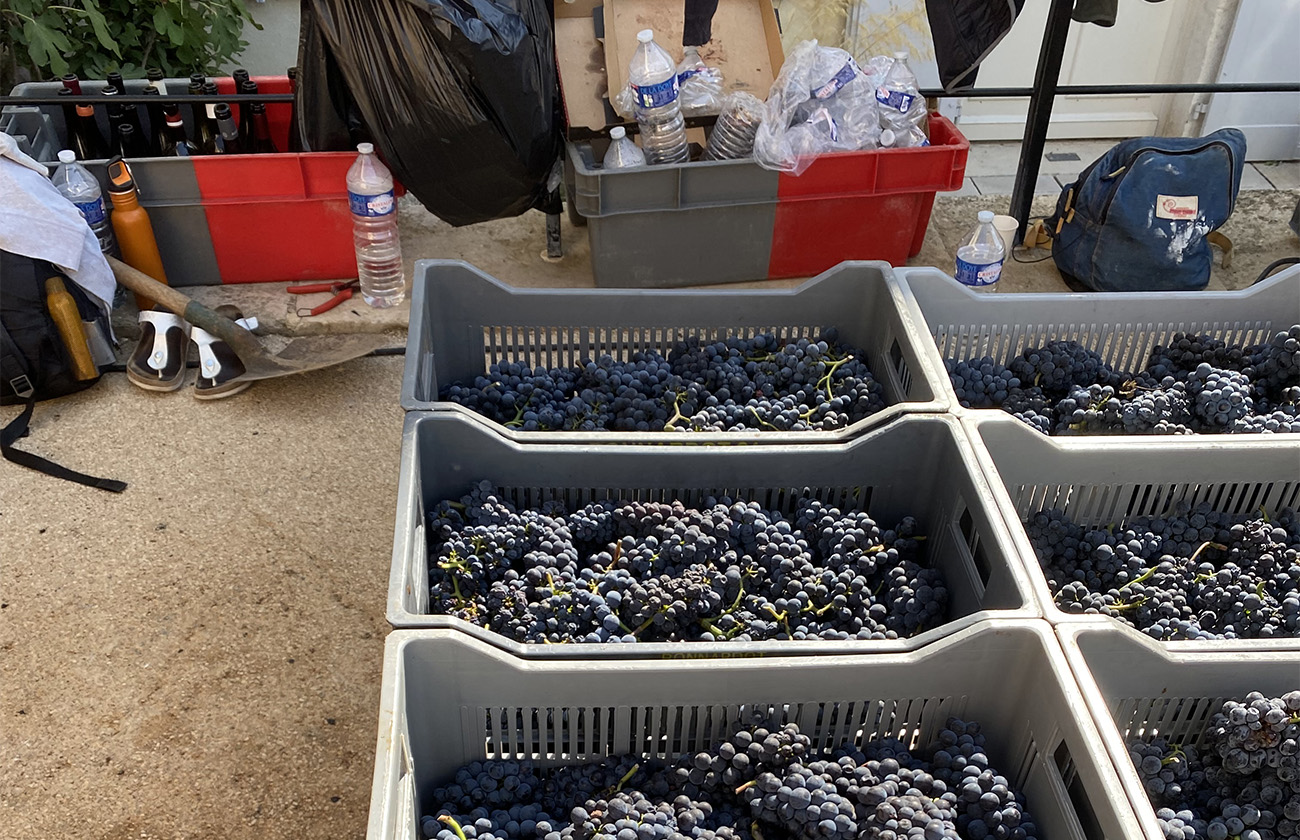
Can I start by recommending an excellent book, How Much is Enough?, by Robert and Edward Skidelsky. It comes to my mind every time I look at my wine cellar. All other things being equal, I would recommend going large in 2022, large in the sense of a broad range because there are so many really good wines at all levels.
All other things are not equal though. Leaving political events aside, it is clear that there has been a change in market sentiment. We have seen it coming for quite a while, and it has shown first in a marked downturn in the secondary market prices for top end Burgundy. Thank goodness for that. Not only have some of the prices been crazy in themselves, but they have been damaging to Burgundy as a whole through their portrayal of the region as having become super-expensive.
I have been having two discussions over the past year. When away from the region, I have been trying to persuade Burgundy lovers that secondary market prices are not real, and should not be equated to ‘retail’, nor indeed to a sensible price to pay for wine. Early in 2023, in a restaurant in Chablis, with some touring Americans, we drank a bottle each of 1er Cru Chablis and Grand Cru Chablis from Domaine François Raveneau, one a little under €100 the other just a little over. Crazy prices, said my friends from Orange County, they cost ten times that at retail in L.A. Which of the two pricing models is crazy, I ask? Pay something which equates to the price at which the bottles left the domaine, plus reasonable intervening margins. It is worth remembering that only a handful or two of producers (mostly in Vosne-Romanée) charge truly enormous prices right from the cellar door.
When in Burgundy, my discussion has been with the producers, persuading them not to increase further from 2021, where to my way of thinking prices were clearly too high for the quality of the wines in a very tricky year. It is worth spending a minute to look at what is happening behind the scenes in deciding prices. It is not just a question of saying shall we go up again this year because quantities are down (2021) or quality is up (2022), and we keep getting enquiries from people desperate to buy our wines which are sold out in any case. The other key factor is pricing of the grapes for those who buy them in – or indeed those who are paying their ‘fermage’ to family members or other owners, based on where the price per barrel’s worth of grapes or wine is currently standing. The sequence goes like this: winemaker buys the grapes or juice at harvest, but does not know what the price will actually be. Prices get fixed in March the following year. Even if you had theoretically agreed a set price, if the market has gone up the vendor will twist your arm to follow suit, or else the grapes will go elsewhere next year. Now you know what your cost base is, and it may be out of kilter with the reality of where the market is, or where it will be when you come to offer your wines for sale a further six to twelve months later.
On this basis, it is difficult for producers involved in this aspect of the cycle to reduce prices in 2022. Those I spoke to in September/October were planning to stay the same or else go up with inflation. Those I spoke to in November/December had felt the temperature of the current market change and planned to stay the same, or possibly reduce by a small amount.
Burgundy is making great wine these days and 2022 is an extremely fine vintage. So given the prices people were happy to pay in 2020 and 2021, I see no problem with following on in 2022. A little more reflection may be required where prices have increased.
Where are the sweet spots?
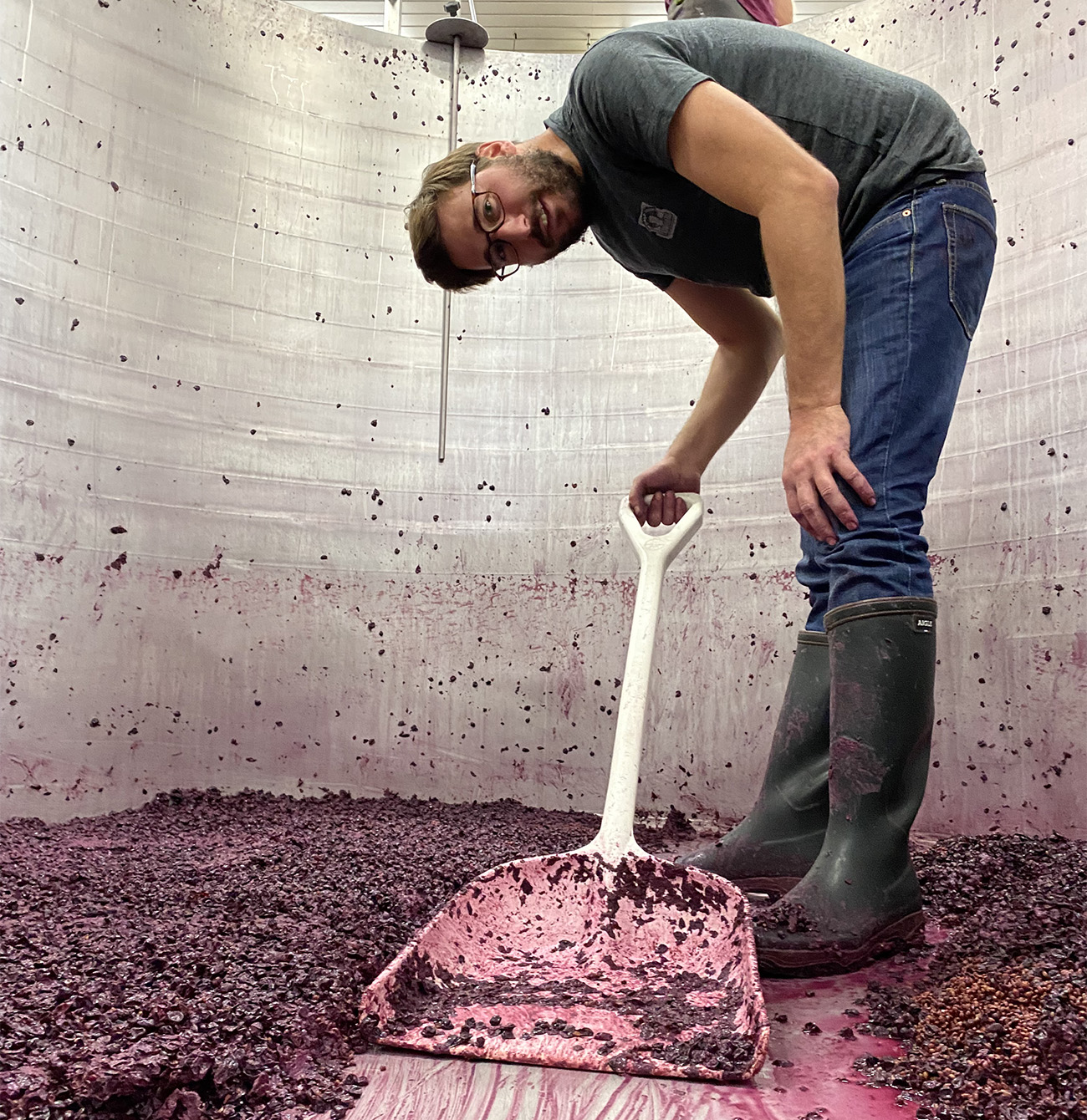
As mentioned above, 2022 really is a pleasingly consistent vintage in both colours, and across classification levels. Among the whites, I will just mention that I was particularly pleased to find that the traditional floral aromatics of Puligny-Montrachet were once again present, having been largely absent between 2018 and 2020.
The reds are good throughout, but my preference is with the Côte de Beaune. Both Côtes show the same clear and classic quality of fruit, with occasional weaknesses at the northern end of the Côte de Nuits – though look at this through the lens of each producer: there are some stunning results from some in Gevrey-Chambertin despite the storms in June. The Côte de Beaune, though, offers just that little bit extra, in the sense that, when you have tasted the sample, you feel there is that much more in reserve to be expressed later on. Pommard continues its impressive performance of recent years while Volnay and Corton have not suffered from the heat as those appellations often did between 2018 and 2020.
* * * * *
So as my tasting notes emerge this month, I wish you good reading, happy hunting and, in due course, a great deal of pleasure in drinking you way through this fine and classic Burgundy vintage.

